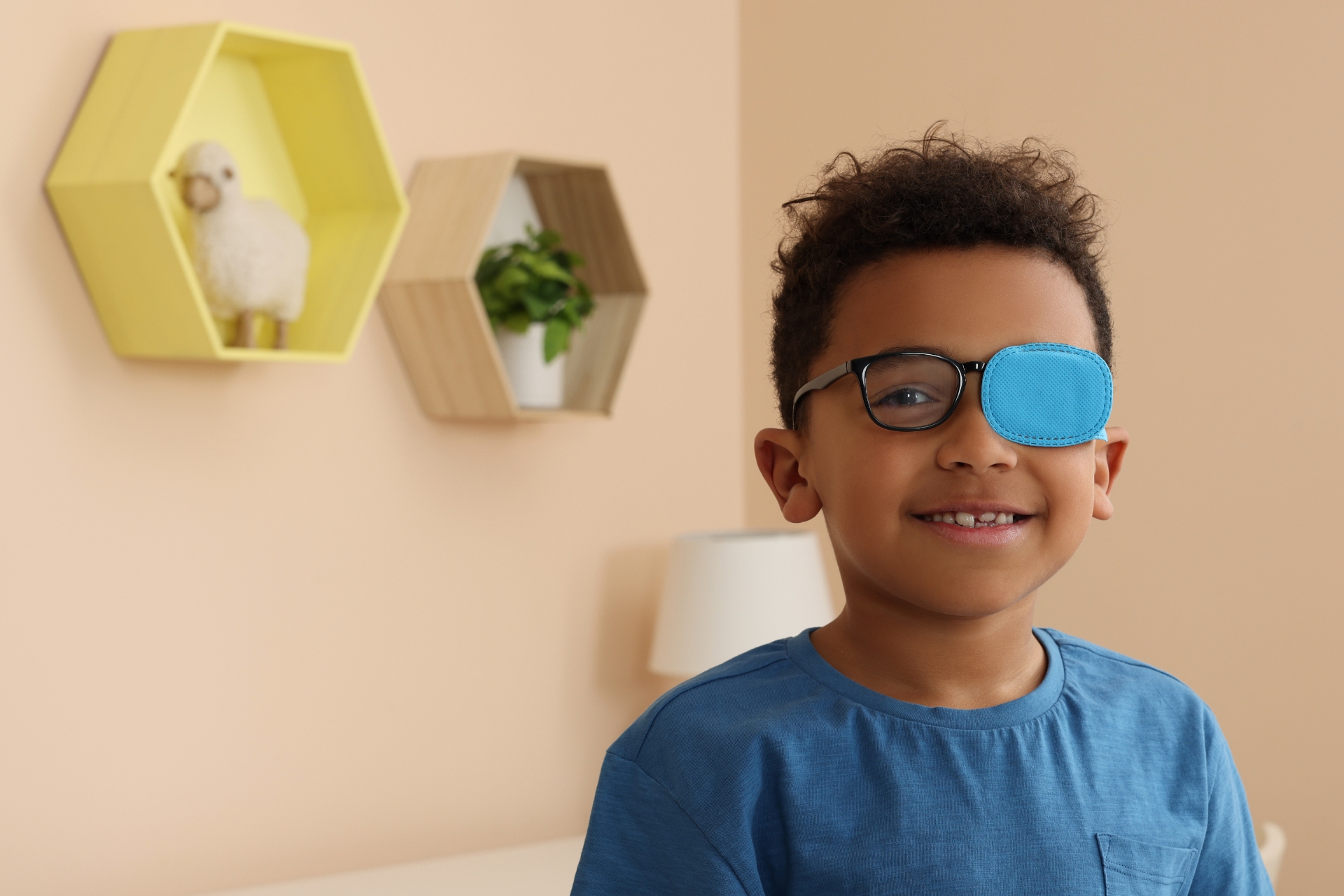Amblyopia, or a lazy eye, causes reduced vision in one or both eyes despite the eyes being perfectly healthy. Amblyopia can be caused by anything that prevents one eye from receiving a clear image. This can include an eye turn, large differences in prescriptions between the two eyes, or conditions that physically block light such as cataracts or droopy eyelids in infancy.
When a patient has amblyopia the brain will actively suppress the visual information from the weaker eye because it has a hard time processing information from both eyes at the same time. This suppression leads to poor development of certain visual skills that would be required to use both eyes together. In fact, patients with amblyopia often have poor tracking and focusing, reduced visual processing speed, and poor spatial awareness, in addition to blurry vision in the weaker eye.
Vision therapy is very successful in helping people with amblyopia by training the poorly developed visual skills, and breaking the brain’s suppression of the weak eye. This allows the brain to learn to use both eyes as a team. This results in improved vision in the lazy eye and in some cases this can be achieved without the need for patching.
It was previously thought that there was a critical age at which amblyopia had to be treated. If a child was beyond that specific age many parents were told that there was no longer anything that could be done to treat their child’s lazy eye. Fortunately more current research has shown that because of neuroplasticity in our brain, amblyopia can be successfully treated at any age.
Symptoms of amblyopia may include poor coordination, a persistent head turn/tilt, or closing/covering an eye. It is important to realize that many children with amblyopia will often not show any symptoms at all, because their brain processes information properly in the better seeing eye. We strongly suggest that children have a comprehensive annual eye exam to identify any risks of developing amblyopia. The earlier amblyopia is diagnosed and treated, the more successful the outcome.
Treatment of of amblyopia
- Glasses/contact lenses to correct magnification differences from uneven prescriptions
- Patching or atropine penalization to improve acuity of the weaker eye
- Vision therapy to improve binocularity/depth perception
